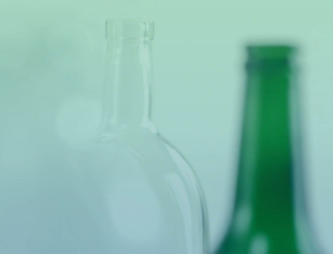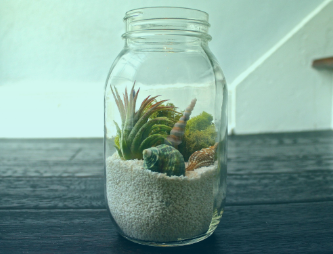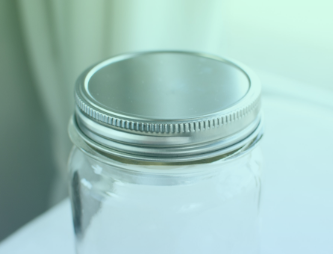-
 01 Natural resourceSee More01 Natural resource
01 Natural resourceSee More01 Natural resourceThe natural source of glass is sand.
The natural source of glass is sand.
-
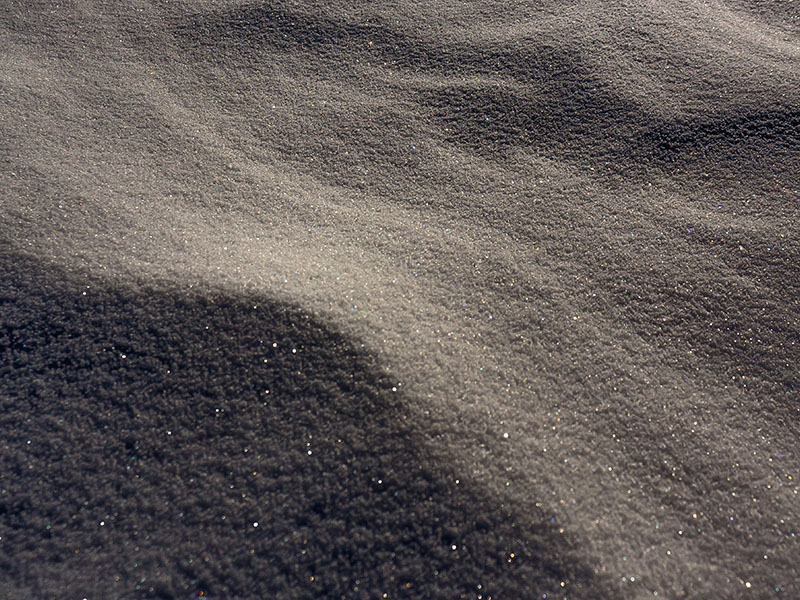 02 raw materialsSee More02 raw materials
02 raw materialsSee More02 raw materialsGlass is obtained by melting the mixture of sand, soda, potash, lime and coloring or bleaching materials under appropriate conditions and using graded cooling methods.
Glass is obtained by melting the mixture of sand, soda, potash, lime and coloring or bleaching materials under appropriate conditions and using graded cooling methods.
-
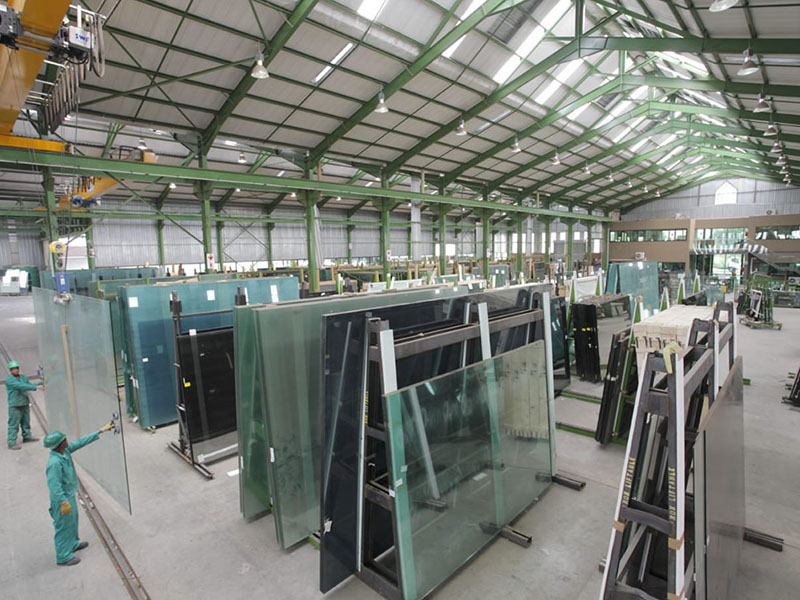 03 IndustrySee More03 Industry
03 IndustrySee More03 IndustryTurkish Glass Industry started with the establishment of the first glass plant in Paşabahçe with a capacity of three thousand tons. Having a history of about 80 years, Turkish Glass Industry has continued its development and growth in this period. The production capacity of our country's glass industry is approximately 3.5 million tons.
Turkish Glass Industry started with the establishment of the first glass plant in Paşabahçe with a capacity of three thousand tons. Having a history of about 80 years, Turkish Glass Industry has continued its development and growth in this period. The production capacity of our country's glass industry is approximately 3.5 million tons.
-
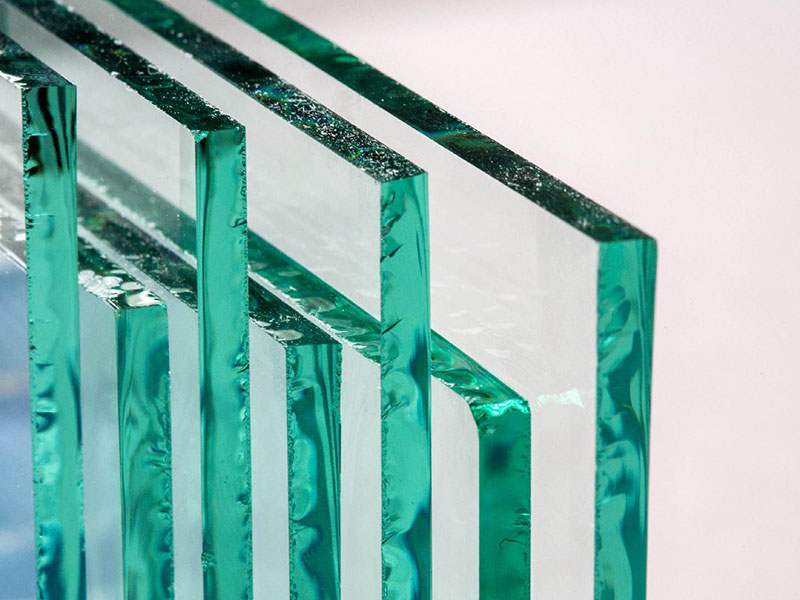 04 ProductSee More04 Product
04 ProductSee More04 ProductMaterials such as sand, limestone, feldspar, dolomite, soda, sodium sulfate, which are silica based for glass production, are made suitable for melting and cleaned. The amount of materials used varies depending on the type of glass. These materials are melted in high temperature furnaces. It is then shaped and cooled and used as product. Various factories of our country have production facilities that produce various glass products such as flat glass, glass processing (construction, automotive, white goods, energy), glassware, glass packaging, glass wool, stone wool, glass fiber and automotive glass. The glass sector, with its products; construction, automotive, white goods, food, soft drinks, pharmaceuticals, cosmetics, tourism, catering, furniture, pipes, electrical-electronics and energy, and is one of the main industrial fields that give input to the domestic use, is important for the national economy.
Glass products;- Resistant to stretching,
- It has light transmission,
- Resistant to temperature changes,
- Resistant to chemical interaction,
- Refracts or reflects light,
- It shows its contents because of its transparency.
Materials such as sand, limestone, feldspar, dolomite, soda, sodium sulfate, which are silica based for glass production, are made suitable for melting and cleaned. The amount of materials used varies depending on the type of glass. These materials are melted in high temperature furnaces. It is then shaped and cooled and used as product. Various factories of our country have production facilities that produce various glass products such as flat glass, glass processing (construction, automotive, white goods, energy), glassware, glass packaging, glass wool, stone wool, glass fiber and automotive glass. The glass sector, with its products; construction, automotive, white goods, food, soft drinks, pharmaceuticals, cosmetics, tourism, catering, furniture, pipes, electrical-electronics and energy, and is one of the main industrial fields that give input to the domestic use, is important for the national economy.
Glass products;- Resistant to stretching,
- It has light transmission,
- Resistant to temperature changes,
- Resistant to chemical interaction,
- Refracts or reflects light,
- It shows its contents because of its transparency.
-
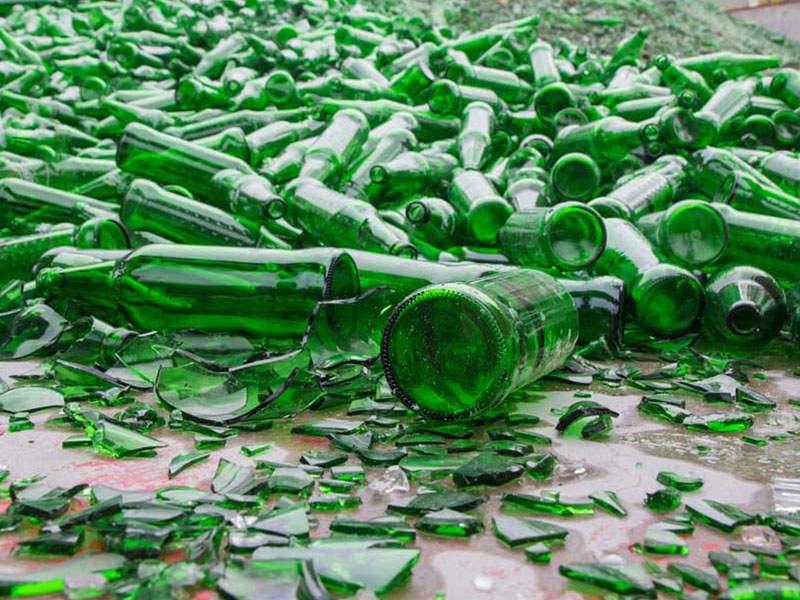 05 WasteSee More05 Waste
05 WasteSee More05 WasteGlass products are considered as glass waste after the end of its life. For example, glass beverage bottles, jars and etc. However, we cannot treat porcelain waste as glass!
Glass products are considered as glass waste after the end of its life. For example, glass beverage bottles, jars and etc. However, we cannot treat porcelain waste as glass!
-
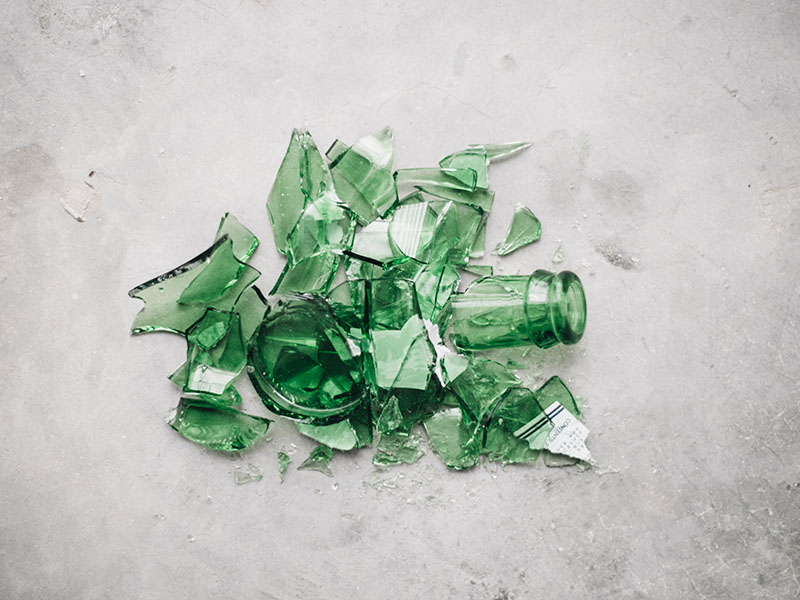 06 Environmental Health HazardsSee More06 Environmental Health Hazards
06 Environmental Health HazardsSee More06 Environmental Health HazardsGlass wastes are fragile and can be injurious to living things due to their sharp characteristics.
Glass waste remains in the nature for thousands of years after disposal.Glass wastes are fragile and can be injurious to living things due to their sharp characteristics.
Glass waste remains in the nature for thousands of years after disposal. -
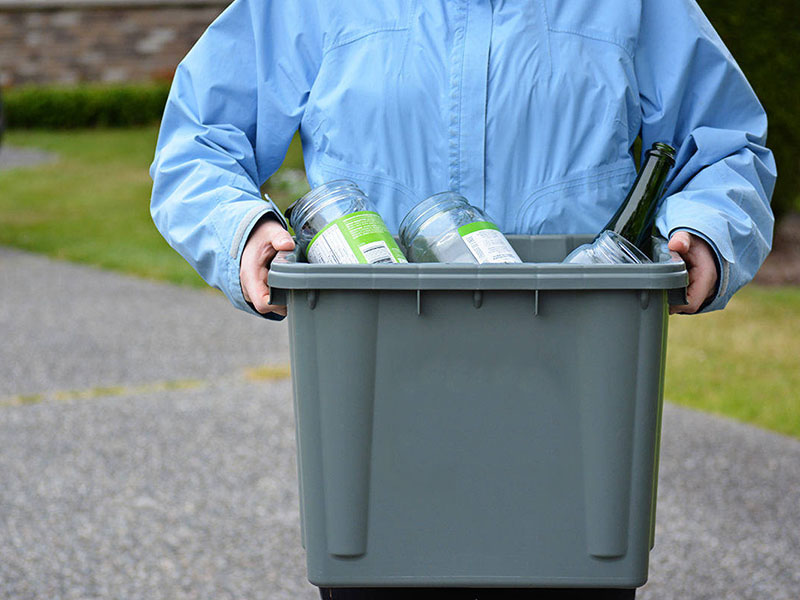 07 Methods to be AppliedSee More07 Methods to be Applied
07 Methods to be AppliedSee More07 Methods to be AppliedWe should collect glass wastes separately from other wastes according to their usage types. For example, we should not collect flat glass (window glass) and packaging glass (glass bottle) in the same place. In particular, we should not forget that ceramic and porcelain wastes cannot be considered as glass waste.
We should collect glass wastes separately from other wastes according to their usage types. For example, we should not collect flat glass (window glass) and packaging glass (glass bottle) in the same place. In particular, we should not forget that ceramic and porcelain wastes cannot be considered as glass waste.
-
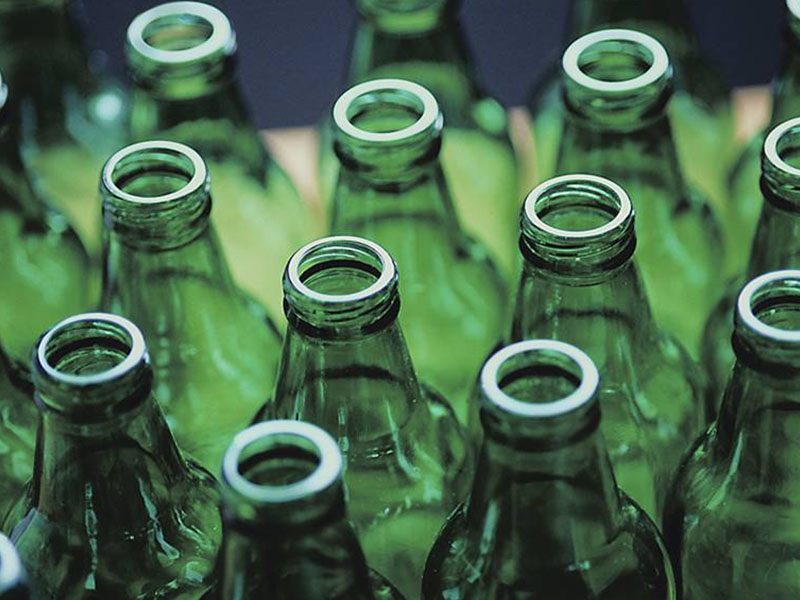 08 Collection PointsSee More08 Collection Points
08 Collection PointsSee More08 Collection PointsWe must deliver glass waste to licensed facilities for recycling.
We must deliver glass waste to licensed facilities for recycling.
-
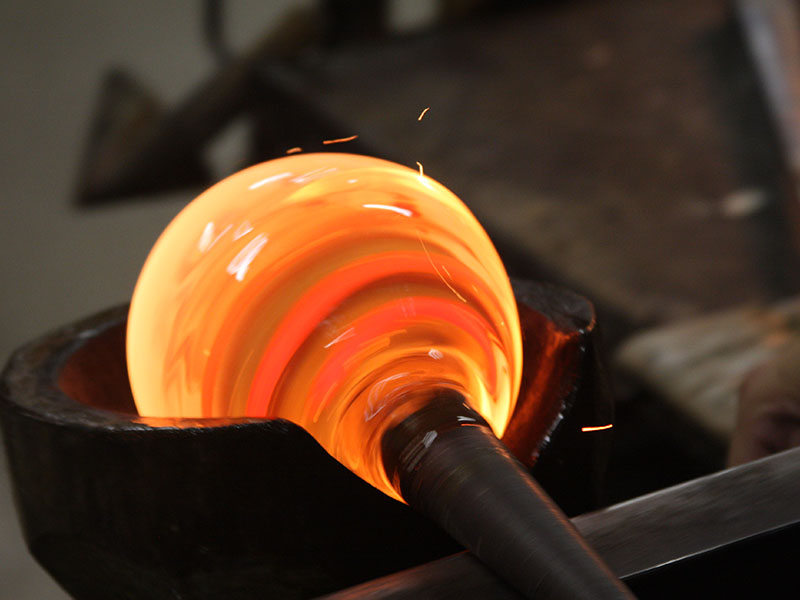 09 RegainSee More09 Regain
09 RegainSee More09 RegainAs glass is a recyclable material for infinite times without loss of quality, it has a very important place among the wastes that can be recycled.
With the recycling of glass wastes, these wastes become raw materials and are melted and reused during production.
Significant energy savings are achieved by recycling glass waste.As glass is a recyclable material for infinite times without loss of quality, it has a very important place among the wastes that can be recycled.
With the recycling of glass wastes, these wastes become raw materials and are melted and reused during production.
Significant energy savings are achieved by recycling glass waste.

